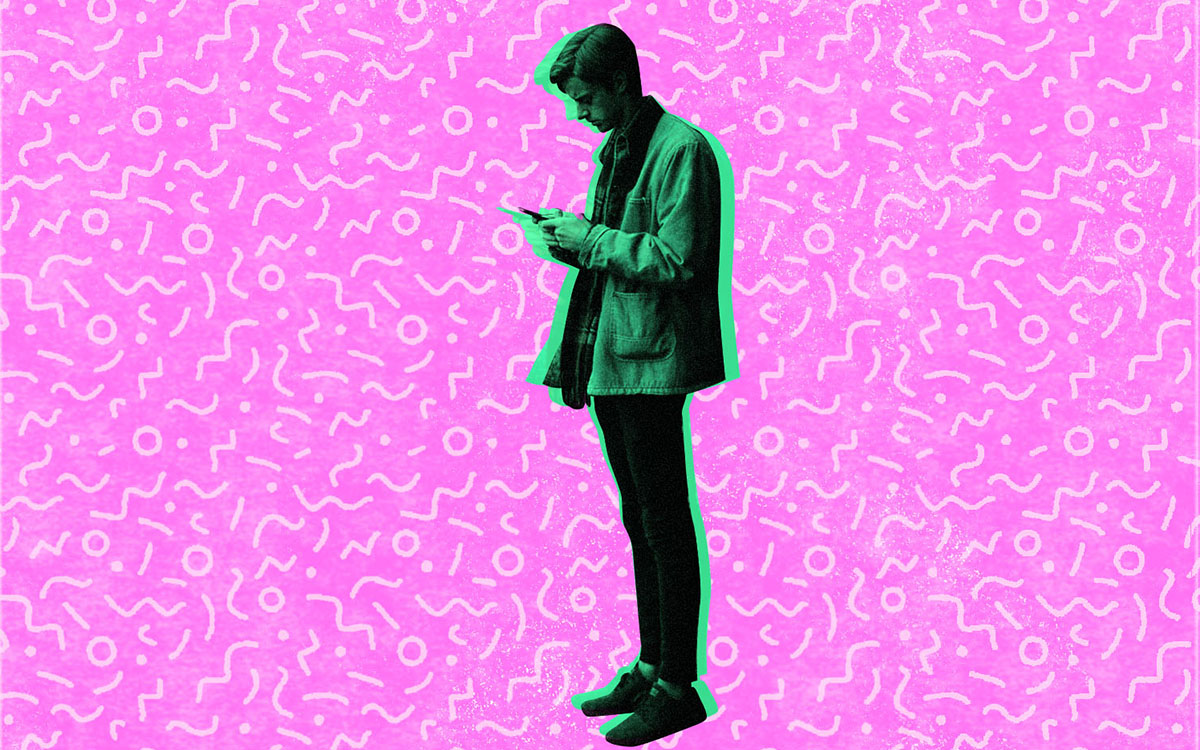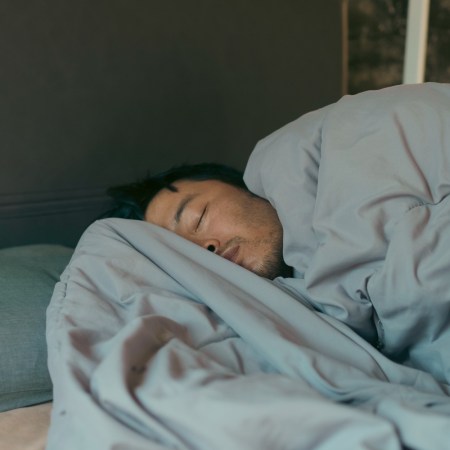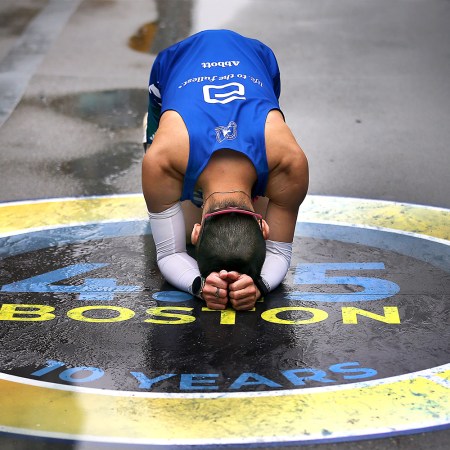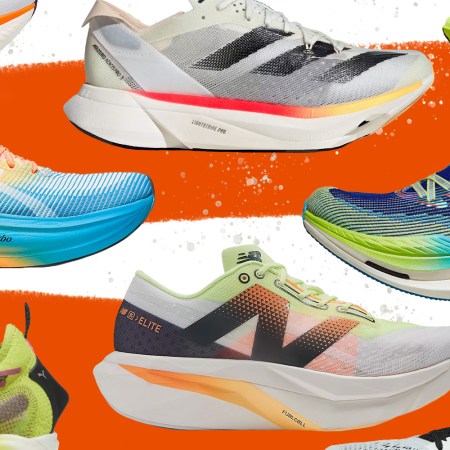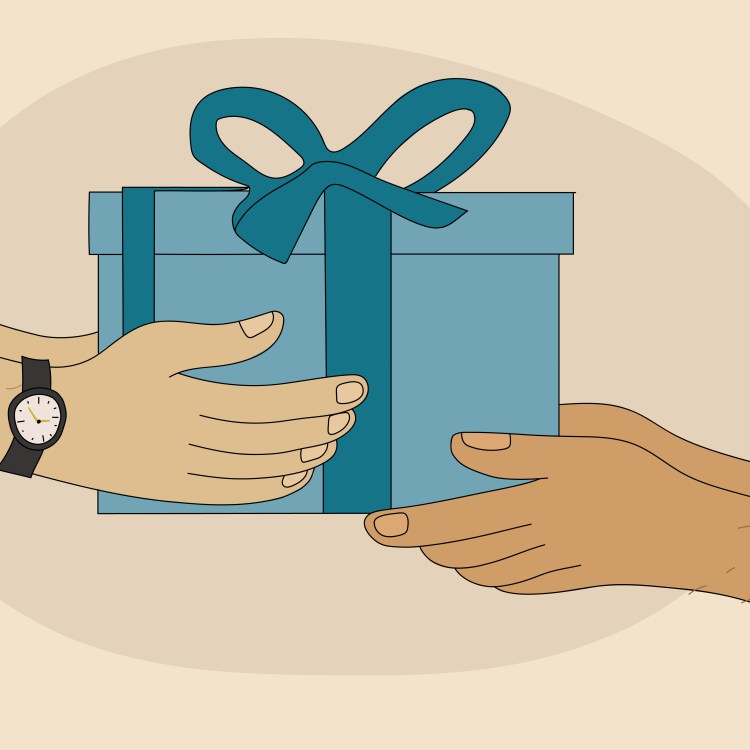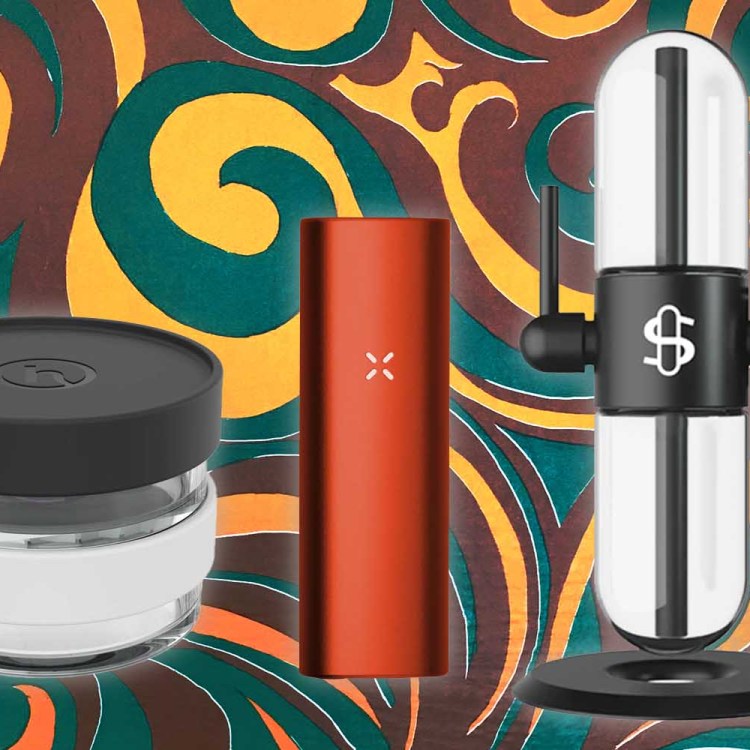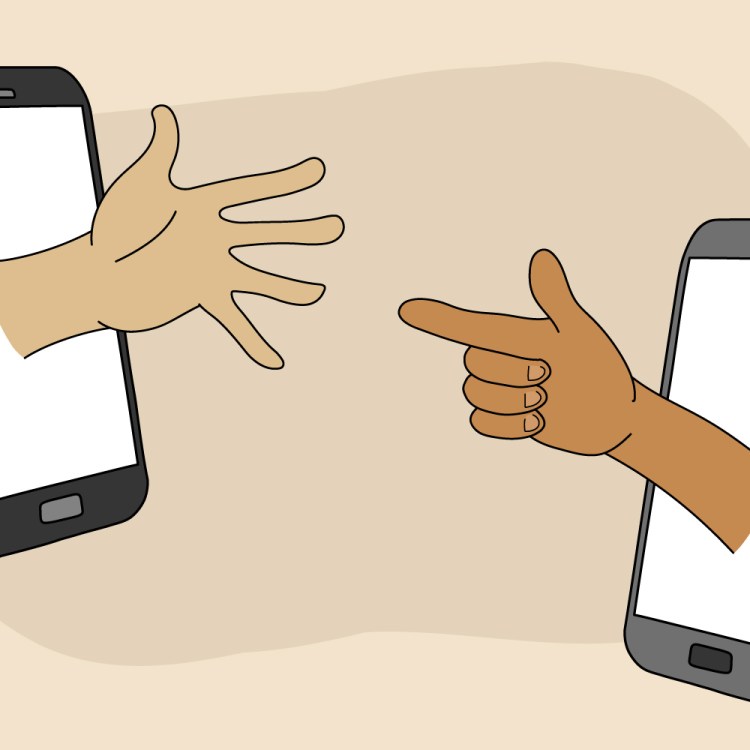
Fine. Maybe millennials do deserve some generational ire.
They’re a godless, overconfident cohort that grew up on sugary cereals and piano lessons. They fall too easily for any brand that styles itself with lowercase letters and eggshell hues. They take longer to move out, they vote less and they can’t keep household plants alive.
But they do not deserve the reckoning that awaits their worst habits. Millennials are the largest generation the world has ever seen, and when the older generations pass away and the planet marches closer to facing its biggest crises, they’ll have to lead the way. Ideally, they’ll be at their sharpest.
To that end: we’ve identified 10 of millennials’ worst habits, and how to deal with them, before they turn into serious ailments or issues down the line. These range from the potentially problematic (CrossFit) to the downright dangerous (vaping) and cover a whole lot in between (fast casual dining, earbuds, social media).
Stay safe out there, millennials. And Gen Z, wherever you guys hang out on the internet, take heed.
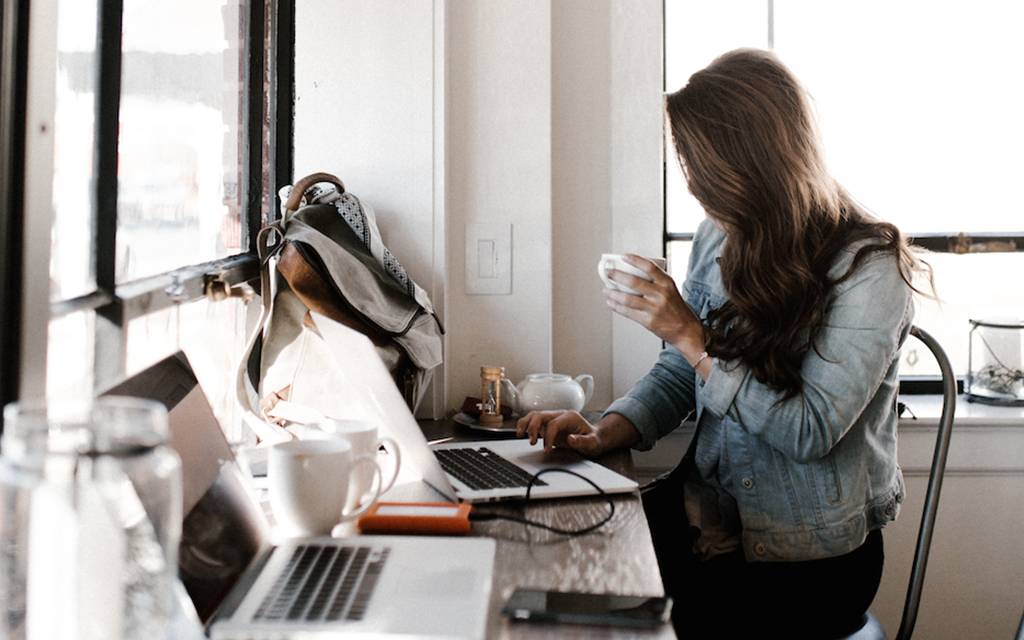
Tech Neck
The skinny …
According to the Pew Research Center, 93 percent of millennials own smartphones. That sounds about right, though I’m not sure I can name a single millennial who belongs to the other 7 percent. (I did have a youngish teacher back at school who used a flip phone.) For those who came of age in the early 2000s, smartphones have passed from life-hacking perk to sobering necessity. We’re lost without Maps, bored without Spotify, broke without Venmo, useless without Gmail. They’re the first thing we see in the morning, the last thing we see at night, and an ever-reliable companion on commutes, elevators, and lines, be they at the DMV or Disney.
And when we look at these things, we’re usually looking down. We hunch over screens (tablets and computers, too) simply because it’s easier to read them that way than holding them in front of our faces. But in an already-sedentary society, this is absolutely terrible for the body. For every 15 degrees of forward tilt inflicted on the neck, it has to support more weight. According to Dr. K. Daniel Riew, an orthopedic surgeon operating out of New York: “At just 45 degrees, your neck muscles are lifting the equivalent of a 50-pound bag of potatoes.” The strain puts more pressure on the discs in your back (which are already dehydrating as you age) and contributes to stress in spinal joints … which exacerbates low back pain, a symptom that historically affects 80 percent of the population
The safeguard …
Chuck your smart devices in a river and never speak of them again. Just kidding. Unfortunately, if you want to keep your career, or a relationship with anyone who doesn’t live down the street from you, you need to keep your phone. Start by monitoring your smartphone activity. Americans have added an hour of non-voice phone activity since 2013; try to cut back on extraneous phone use. When you’re sitting down, hold it in front of your face. When you’re standing up, leave it in your pocket (you shouldn’t be walking into an intersection while staring at your phone anyway). As for your computer — make sure it’s eye-level at your workspace. In order to deal with anatomical stress tech neck has already caused, make a point to introduce healthy alignment stretching techniques into your life.

Hot Yoga
The skinny …
You’ve probably heard of Bikram Yoga. It’s a series of postures performed in rooms that reach a sweltering 104 °F, and was popularized in the ’80s and ’90s by yoga teacher Bikram Choudhury. Choudhury fled to India amid sexual assault allegations in 2016, but countless derivatives of his practice remain, often in settings that have done away with Bikram-mandated dogma. For instance, hot yoga studios these days personalize their ambience (the lighting varies, some include candles), play loud music (Y7 in New York and L.A. is famous for bumping the likes of Outkast and Cardi B) and encourage a positive atmosphere. Yoga is big business in America, and especially amongst millennials, who often count it among their “do more of” fitness resolutions. Hot yoga, then, is often inevitable. But before jumping in, millennials should recognize that hot yoga poses some risks.
The safeguard …
Know your limits. The first time I attended a hot yoga session, I spent the last 20 minutes of the class convinced I was going to pass out. Group fitness fosters an “if you guys can do it, I should be able to” mentality, but that’s unhealthy when you’re at risk of heat exhaustion, and counterproductive when the session is yoga, a practice generally associated with relieving stress. In a room that hot, it becomes more difficult for the body to regulate its heart rate, which leads to dizziness. And even if your cardiovascular system can handle the heat, tendons and ligaments are at risk from overstretching. If you must practice hot yoga, make sure you: A) find a studio that heats with infrared tech instead of fans, B) hydrate like hell beforehand (I sweated out an Olympic-sized swimming pool) and C) know you can leave the second it gets unbearable.
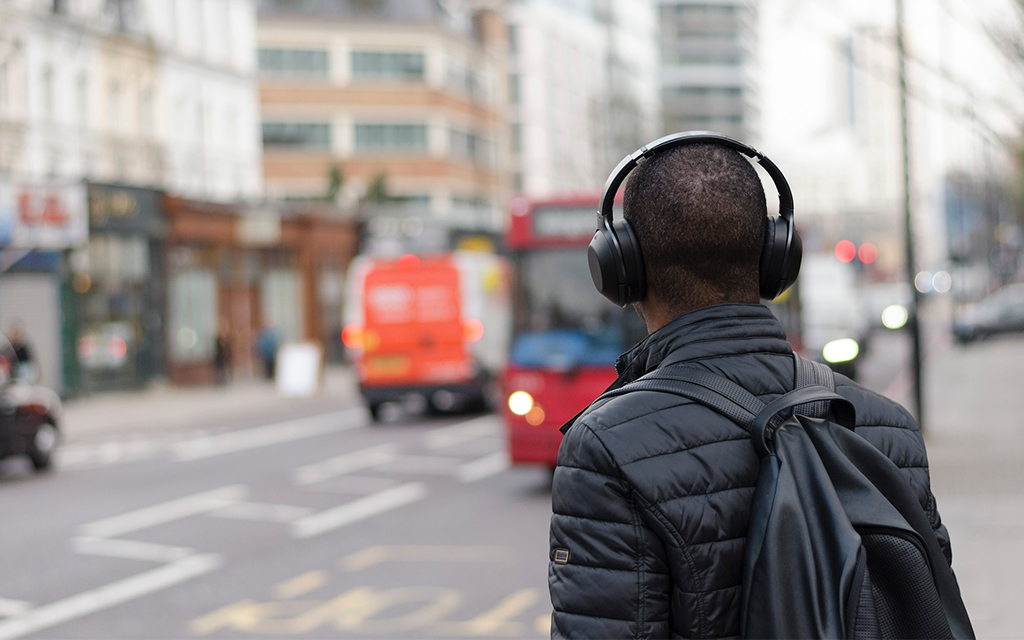
Headphones, Always
The skinny …
In 2015, the World Health Organization estimated that 1.1 billion young people were at risk of hearing loss due to headphone and earbud use associated with smartphones. Millennials have never known life without music to blast into their ears. We had Walkmans, we had iPods, we had Zunes. (Nevermind, nobody had a Zune.) As TV went digital and podcasts went mainstream, we started streaming our favorite shows directly into our ears, too. Headphones at low-to-medium volume, for a reasonable stretch of time, don’t have to be doomsday for your long-term hearing prospects, but we rarely use them so responsibly, and seem to have a preference for the worst-designed set of earbuds out there. So, unsurprisingly, hearing damage is up 30 percent among young people.
The safeguard …
Don’t wear AirPods. Sorry. Only the most recent model, the AirPods Pro, has noise-canceling capabilities. Ear damage generally happens when we try to drown out other noises around us: commuters trying to swing mergers on the train, leaf blowers, someone else’s earbuds. When we up the volume, we get used to the new volume, and we listen to the max all day — even though you can only listen to 80 percent of your headphones’ max volume for 90 minutes before you start causing trouble in the ole canal. Your best bet, then, is to wear over-ear headphones, which do a great job of blocking the outside world, or buying a heftier pair of earbuds, like the Powerbeats Pro. Remember: damage from noise exposure to nerve synapses is irreversible and will accelerate tinnitus. Make the changes now.
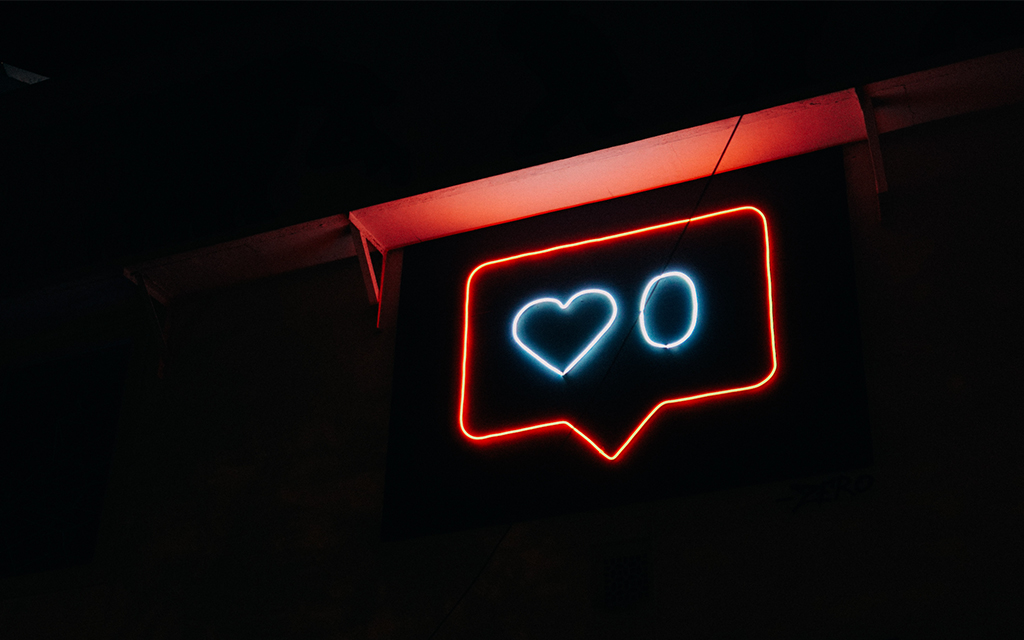
Social Media
The skinny …
Jeez. Where to begin? “Millennial” and “social media” belong to the same word bank, like “boomers” and “Vietnam” or “Gen X” and “Star Wars.” The industry (Is it an industry? A platform? A state of being?) was founded by millennials, for millennials, and for the rest of this century, the generation will always hold the strange distinction of remembering life, but not too much life, before their second lives began on Facebook, Twitter, Instagram, Snapchat, LinkedIn, Vine (RIP), TikTok, Tinder, Bumble, Hinge and all the rest of them. And with a decent decade of data to now assess, the health community is convinced social media use isn’t good for us.
From a physical standpoint, spending two hours a day scrolling on a screen isn’t good news (see “Tech Neck” and “Blue Light” on this page), but the more pernicious effects of social media occur in the brain. The phenomenon is directly correlated with feelings of loneliness, inadequacy, and depression. In the beginning, when these apps mainly displayed the events and goings-on of those we personally knew, FOMO was the biggest concern. Then the influencer machine got rolling, and shoddy health advice, distorted body images, and shitty branding rolled in, creating a vibrant, useless cesspool, only interrupted here and there by a funny video, a sports highlight or a dog doing laundry.
The safeguard …
It’s not uncommon to come across an Instagram caption, under a photo of the aurora borealis, or a bikini’d butt, that implores its followers to remember how “fake” and “distilled” social media is. It was brutally ironic posts like that that, never-ending comment wars on political news, and the exhausting nothingness of the activity (I never felt proud after scrolling; sort of the spiritual opposite to finishing a run, or cooking a meal) that led me to delete both my Facebook and Instagram accounts last year. Unlike most of the “habits” in this article, cold-turkey quitting social media is entirely possible, and not even that difficult. We even wrote a handy guide to actually making that happen. I encourage you to do the same, especially if you think you can’t. Social media might’ve popularized #YOLO, but all the real living, the good stuff, happens whenever you’re not on it.

Grab-and-Go
The skinny …
In 2018, UBS outlined the future of on-demand food ordering, and projected that the industry would continue to grow 20 percent each year, to reach a whopping $365 billion in revenue by 2030. If it does reach that figure, or come anywhere close, it’ll be thanks in part to the dinner proclivities of millennials, who buy fewer groceries than older generations, favor grab-and-go options from fast casual dining spots, have less confidence in their culinary abilities, and cook less as a result of it all. According to the USDA, millennials devote just 13 minutes a day to meal prep; over the course of a week, Get Xers will spend over an hour more making food in the kitchen.
I recently wrote about New York’s “Fitness District” — the neighborhood around Flatiron that’s home to more gyms than any area in the city. Also concentrated in that area? Dozens of healthy(ish) in-and-out dining establishments, like Dig Inn, Sweetgreen, CAVA, Bareburger, Dos Toros, Chop’t, Two Forks, etc. These places are meant for the overworked, overworking-out millennial masses. The generation that spends more on wellness than any other can be excused for spending $12.50 on something filling and green-enough at the end of the day, but there are some concerns.
The safeguard …
Simply put, making your own food is a surefire way to know exactly what you’re putting in your body. If you’re going to spend big on a pricey gym membership, you deserve to fuel your hard-working body with meals that don’t prioritize strong flavors (butter, oil, salt, sugar) in order to lure you back for dinner the following Tuesday. Many of the spots listed above readily publish their nutritional information, source local ingredients from farmers that raise livestock in humane ways, and genuinely care about providing consumers with a healthier option. But millennials should be wary of portion sizes, the food poisoning lurking in the prep bins that sit around all day, and the sheer loss of experience and joy that comes from treating a meal like another chore to be checked off, instead of an opportunity to try something new. Cooking encourages mindfulness, and you might find it a better way to end the day (at least once in a while) than just plopping in front of the TV with another market bowl.
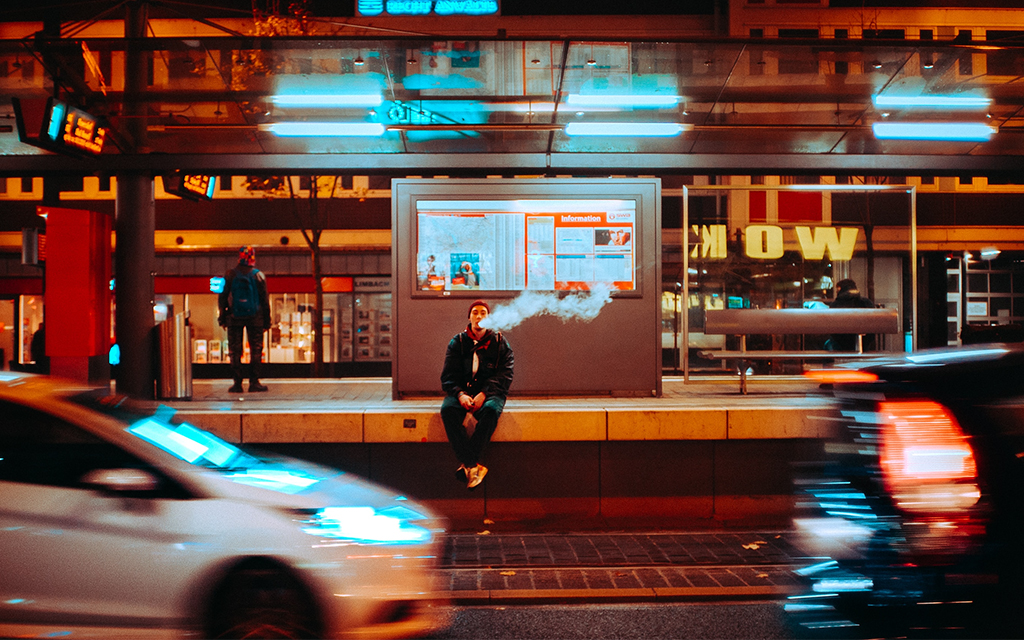
Vaping
The skinny …
In a July 2018 Gallup poll, 9 percent of American adults reported that they “regularly or occasionally” vape. That figure was 11 percent less than those who reported the same for smoking cigarettes, but still represented a sizable population, considering where e-cigarettes had started at the beginning of the decade. Leading the charge in that poll were millennials, who vape more than any other generation, and also appear to have the most trouble believing that the habit is bad for them. In their slight defense, e-cigarettes have long been marketed as a safer alternative to regular cigarettes. The process of heating liquid substances — nicotine, marijuana, or flavored vapors — in an aerosol, was pegged as less harmful than standard smoking.
But how did American society not learn its lesson from last time? Millennials, especially, were raised on health classes that could look back at how Big Tobacco pulled off its big lie. For many, puffing on a bonafide flash drive was clearly not a good idea; the WHO and FDA each warned against it 10 years ago. It took until last year for everyone else to catch up, following an outbreak of lung illnesses across America. We’re going to learn more about VAPI (vaping-associated pulmonary illness) this year, and in the decade following, but it’s safe to say at the outset that vaping will become more notorious.
The safeguard …
Don’t do it. Not the flavored vapors (which teens seem to love, and normalize the physical practice of vaping), not the weed (unfortunately, it was too efficient to be true) and definitely not the nicotine.
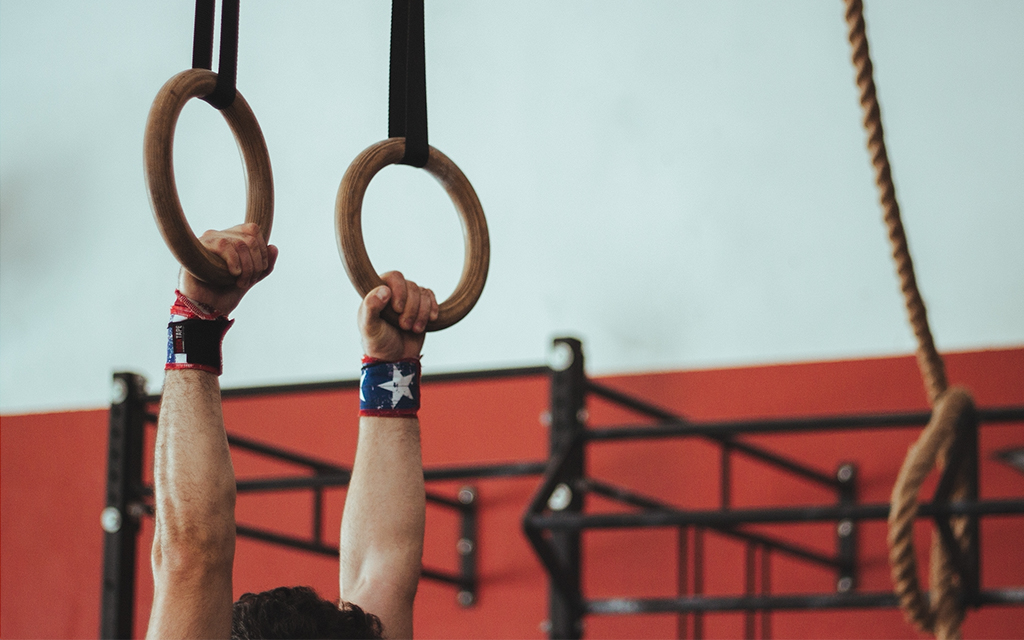
CrossFit
The skinny …
Thanks to your cousins, colleagues and connections on LinkedIn, we don’t have to explain what CrossFit is. The trend has more gyms across the world than there are Starbucks in the United States. That’s a weird way to frame it, but a legitimately insane stat. In 2015, a Harvard researcher named Casper ter Kuile wrote a study called “How We Gather,” which frames CrossFit as a religion (alongside SoulCycle) for a generation (millennials, who else?) who don’t believe in, or attend, actual religious institutions. Millennials derive a sense of community, in addition to improved wellness, from joining CrossFit gyms. And boy, do they spread the Good Word.
The safeguard …
Contrary to the assumptions of non-believers (or the occasional eye-popping headlines) CrossFit is not exceedingly dangerous on the whole. A four-year analysis of CrossFit injuries found that the sport is actually relatively safe compared with more traditional training methods. However, it often attracts newbies, and that’s where the injuries are quite common. WODs require tactical expertise across a variety of moves, many of which involve big muscle groups in the back and legs. It’s natural, as in any workout, to let the back pick up the slack in such situations. America already has a low back pain epidemic; proper technique is highly important for a brand of exercise that makes its bread on pushing limits and setting personal records. We recommend working closely with a trainer in the first few weeks of CrossFit training, to avoid a possibly irreparable long-term injury.
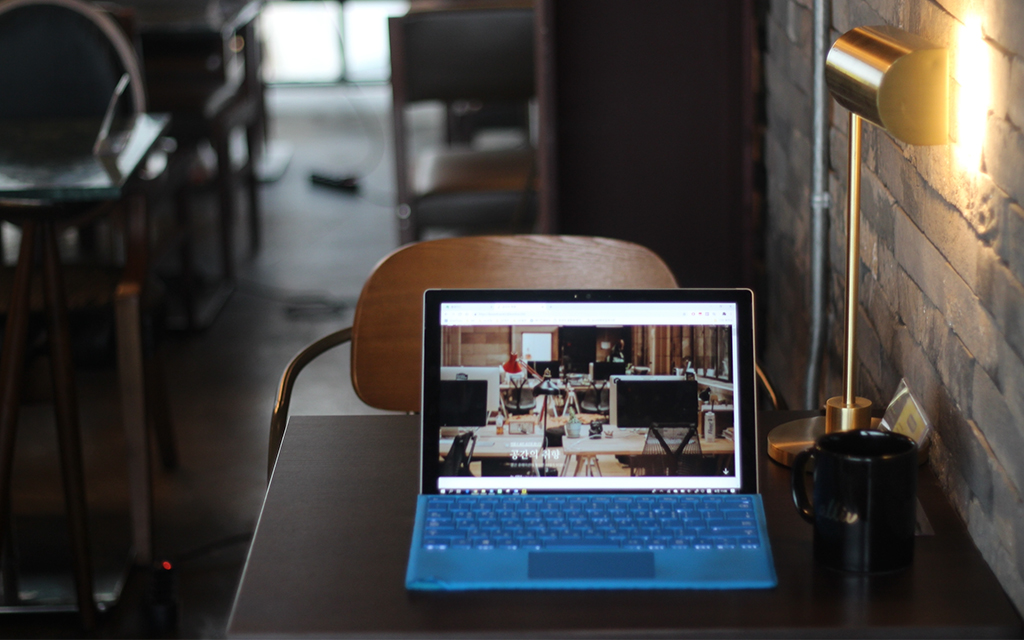
Blue Light
The skinny …
Blue wavelengths are a form of artificial light that boost reaction time and mood; when streamed from our phones and tablets, they effectively compel concentration, mimicking a relationship humans had only with the sun for hundreds of thousands of years. As we can’t evolve to our phones in a generation (and the millennial generation uses its phones quite a bit, as we’ve already established) the practice of staring into a screen all day is fussing with our circadian rhythms, suppressing the secretion of melatonin, and thereby negatively affecting sleep. To make it worse, we are literally taunting our sleeping efforts by using these machines in bed.
The safeguard …
On your computer, install software like f.lux. It will periodically “warm” the light on your screen as the sun begins to set. Don’t be surprised if you begin to crave the gold-hued light all the time. That’s how I operate my phone, in fact. I never keep it on the factory settings, and instead run around with “Night Shift On” all day, even when the sun’s high in the sky. There’s just no need to be blasting a flashlight into my eyes all day. If you’re looking for more solutions, pick up a pair of blue light-blocking glasses from a company like Felix Grey or Pixel. Experts are split at the moment on the efficacy of such products (American Academy of Ophthalmology says people don’t need them, The Vision Council says they can help mitigate eyestrain) but they’re worth a try — and stylish, too, if that matters to you.
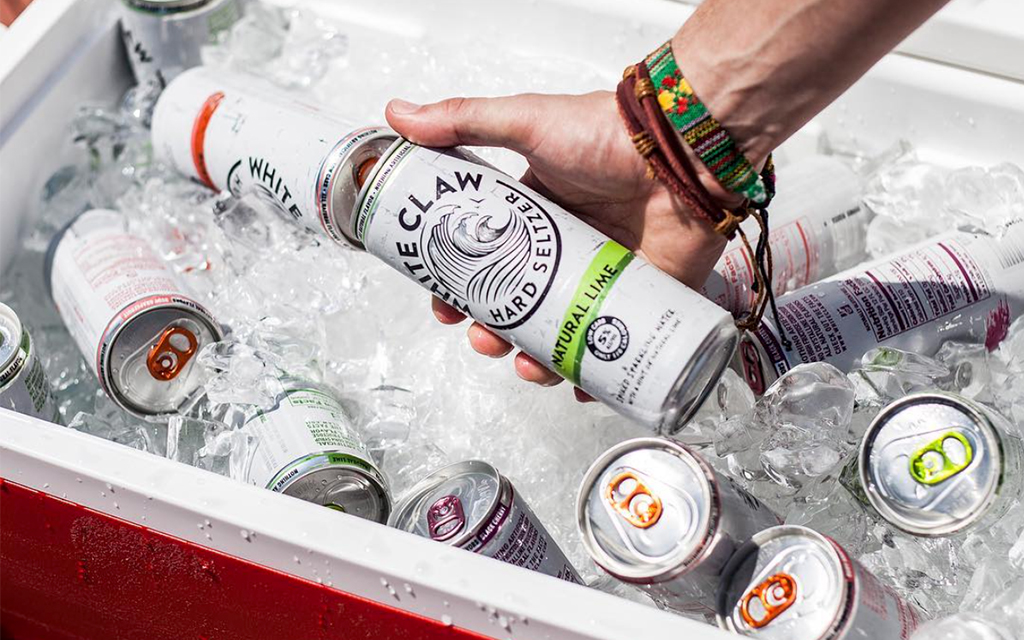
Hard Seltzer
The skinny …
For a brief moment in 2019, which couldn’t have lasted for more than a second or two, it looked like hard seltzer was going to be one of the year’s requisite, highly-memeable fads. Like 2017 and fidget spinners. Or 2015 and Pokémon GO. But people lost their minds this summer, and it doesn’t seem like they have any intention of finding them. White Claw, Bon & Viv, and Truly battled for supremacy for a while (White Claw won), there was a legitimate hard seltzer shortage, and the socials gave us its best content all the while. While hard seltzer’s inception is a Gen Z phenomenon — InsideHook’s resident too-cool-for-everything youngin’ Logan Mahan “Youthsplained” it last summer — its popularity is fueled by millennials. Most of Gen Z can’t drink yet, but hard seltzer grew by an insane 280 percent this year, and is now one of the most popular alcoholic beverage in America, alongside vodka. And new brands keep coming. The latest? Bud Light Seltzer. Agh.
The safeguard …
Part of the stunning success for hard seltzers has been their perceived “healthiness.” They’ve been around since 2012, but people (men, especially) only started drinking them religiously over the last couple years, buoyed by their low caloric and alcoholic stats. That’s good news for the manufacturers, but not for our bodies. These cans still contain empty calories with zero nutritional value, and that beloved “crushability” only encourages excessive consumption. The Substance Abuse and Mental Health Services Administration defines binge drinking as four to five alcoholic beverages over the course of two to three hours. I shudder to think what that institution would think about some sunny afternoons I had in backyards last August. At 100 calories, and with a base that’s basically carbonated water, it’s a good sipper, but millennials (me included) should avoid lionizing hard seltzer as a holy grail for cost-free consumption. Not to mention, hard seltzer hangovers suck.
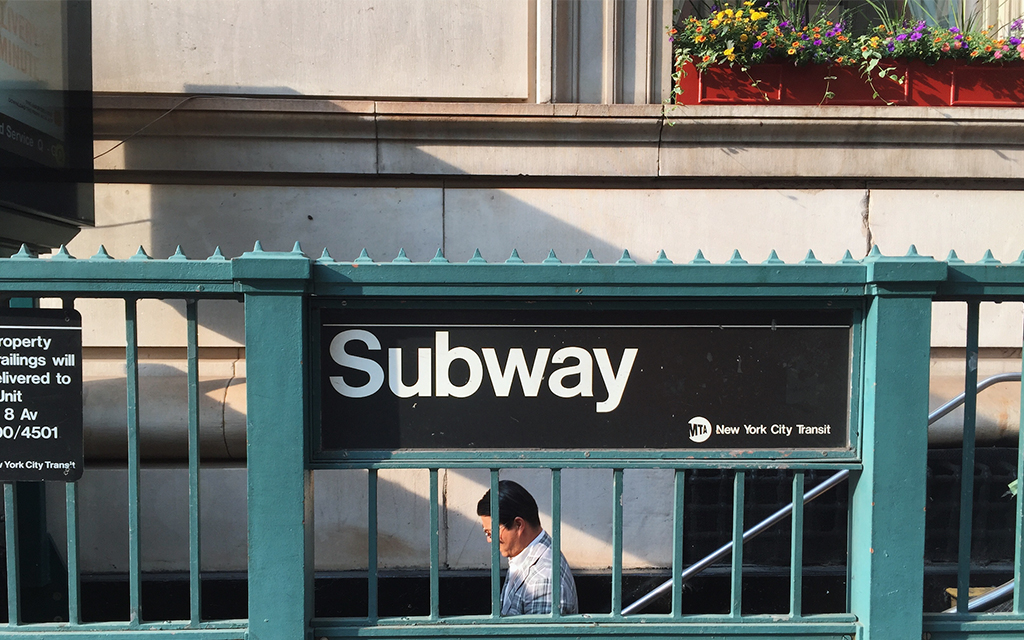
Urban Living
The skinny …
An interesting catch-all for most of the “habits” listed above. Millennials overwhelmingly prefer to live in central urban neighborhoods, and urban dwellers do indeed do things like … check their phones all day, try trend workouts, and grab fast casual dining on the way home. The generation is credited with “youthifying” various American cities; if New York and San Francisco were stormed by young Gen Xers, almost every youth movement since has been led by millennials (think: DC, Miami, Portland, Nashville), and despite recent movement to city-adjacent towns — “hipsturbia” — has not shown the same affinity, or end-game attitude towards the suburbs as previous generations. In some ways, this is a net positive for America, the globe, and Mother Earth. Large, dense cities prevent human encroachment on wild areas, encourage mass transit, and even use less energy than small towns (as insane as that may sound).
The safeguard …
Still, are you Mr./Mrs. Millennial, fit for a lifetime of city living? How about your kids? Shorter commutes, endless amenities, cultural institutions nearby … it’s all well and good. But a less obvious consideration is the effect of urban living on an individual’s mental health. According to the Center for Urban Design and Mental Health, city dwellers face a 40% higher risk of depression, and a 20% higher risk of anxiety than those living in rural areas. Schizophrenia risk doubles. Loneliness plays a role, as does the stress of expectation in an environment that never seems to stop. (It’s city dwellers who tend to throw a month’s salary at “detox retreats” in the country.) But pollution — of both the noise, and air varieties — is also at play. Assuming you live in a city, make sure to prioritize greenspace. Take the long way home if it means avoiding a congested area. Opt out of the rat race; it’s possible to do a city without participating in one. If you can’t seem to, but can’t afford (or don’t want) the ‘burbs, choose a new city.
Whether you’re looking to get into shape, or just get out of a funk, The Charge has got you covered. Sign up for our new wellness newsletter today.
